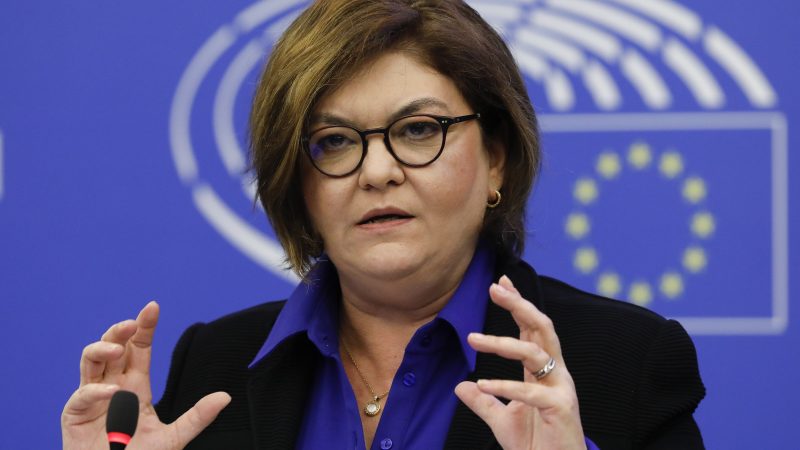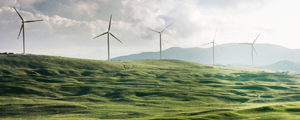

Hydrogen has had a busy year, concluded at the European Hydrogen Week in December with the re-launch of the EU’s public private partnership and EU transport commissioner Adina Vălean outlining her vision for hydrogen-based transport in the EU.
Hydrogen is expected to play an important role in decarbonising hard-to-abate sectors like steelmaking, chemicals and transport. The EU estimates that 10-24% of energy use could be hydrogen-based in 2050. And although electric cars are set to dominate the market for private vehicles, hydrogen is still expected to play a key role in decarbonising heavy duty road transport.
The use of hydrogen in transport via fuel cells that turn hydrogen into electricity has long been an ambition of the EU.
To achieve the EU’s transport decarbonisation goals, hydrogen “refueling stations must be accessible at least every 150 kilometers along our car Trans-European Transport (TEN-T) network by 2030,” explained Adina Vălean, the EU’s transport commissioner, during a keynote speech on 1 December.
Guest post from EurActiv




